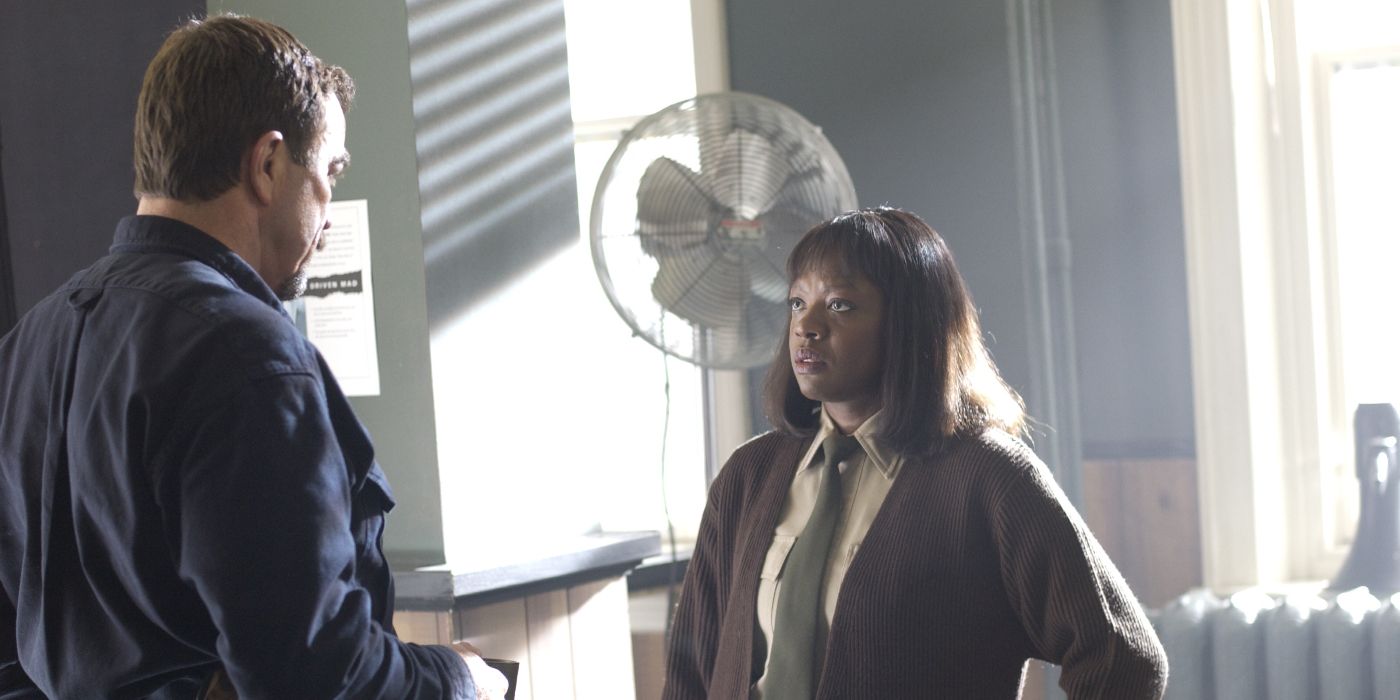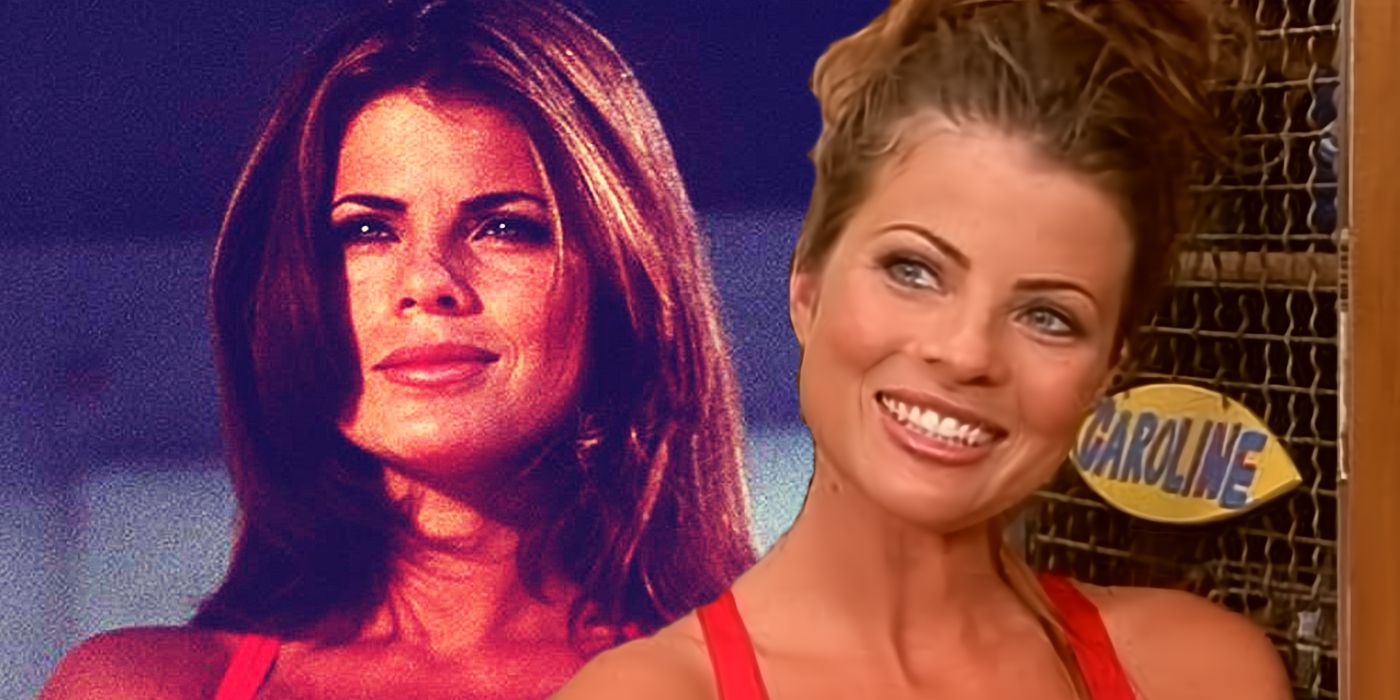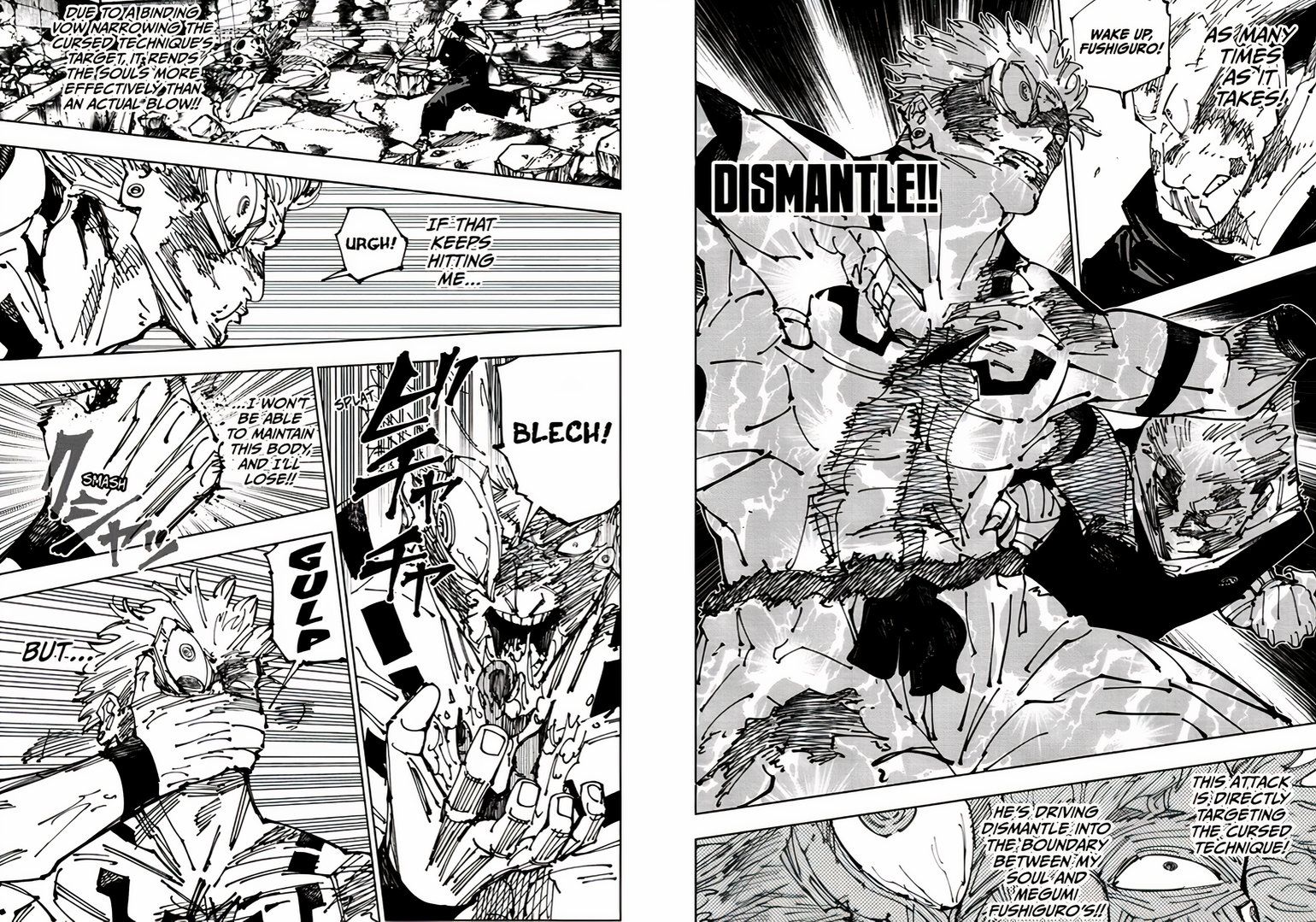Shutter Island has a much darker theme than its storyline initially presents. Martin Scorsese’s 2010 film stars Leonardo DiCaprio as U.S. Marshal Edward “Teddy” Daniels and Mark Ruffalo as his partner Chuck Aule as they head to Ashecliffe Hospital, an isolated asylum on Shutter Island, to investigate the disappearance of Rachel Solando, an inmate who drowned her children. The film is based on the 2003 novel by Dennis Lehane, though it has some differences, including its ending. By Shutter Island’s ending, it’s revealed Andrew Laeddis, who Teddy thinks killed his wife in a fire, is actually him, and Edward Daniels is an anagram for his real name.
The book ends with Teddy learning he is an inmate at Ashecliffe Hospital because he drowned his wife and three children in a lake. However, the movie changes the story, which allows the audience to feel some sympathy for Teddy. In the film, Teddy only kills his wife because she drowned their three children during a depressive episode. Teddy is unable to move on from his hallucinations and his delusions that he is Teddy Daniels, working on a missing persons case, so he is forced to receive a lobotomy. Shutter Island delves deep into psychology and mental illness.
What Shutter Island’s Monster Vs Good Man Quote Meant
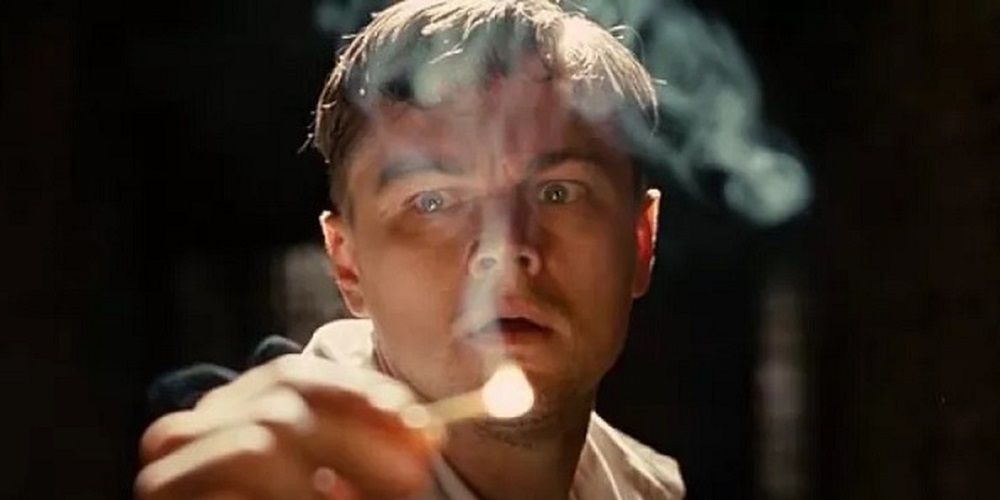
Edward created his alter ego Teddy as an escape from what he did to his wife. The final scene of Shutter Island shows him still unable to accept the truth, so he turns back to his identity as Teddy and tells Chuck, who is actually Dr. Sheehan, that they have to get off of the island because something strange is going on there. This was Edward’s final chance to accept the truth before having to get a lobotomy. However, before walking off with the doctors, Edward turns to Dr. Sheehan and asks him, “which would be worse, to live as a monster or to die as a good man?“
The quote suggests that Edward knows who he is now but is continuing to act as Teddy because he can’t face murdering his wife. Edward is saying he would rather be lobotomized, which he is comparing to the death of his old self, than accept that he is really Edward and live his whole life knowing that he is a murderer.
Shutter Island Focused On Perception Vs Reality
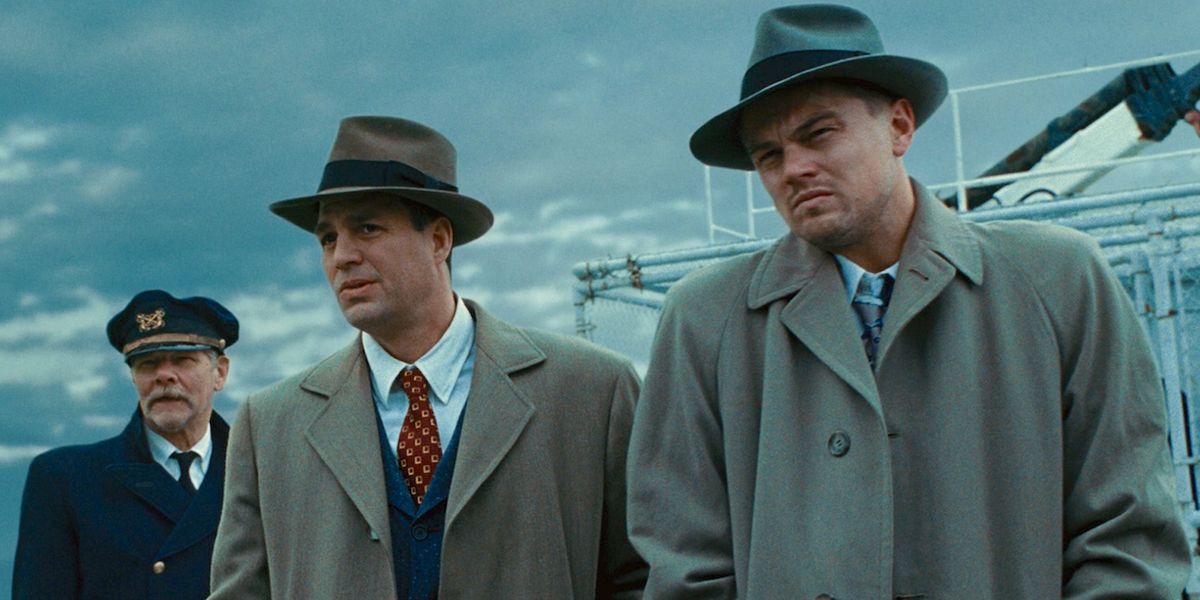
Shutter Island blurs the line between perception and reality, proving that reality really is what one perceives it to be. The viewer watches the film through Teddy’s perspective, and like him, they believe he really is investigating the case of a missing inmate. However, the perspective switches at the end, and the viewer now sees the island through Dr. Sheehan and the other doctor’s perspectives. They’ve spent the whole film resonating with Teddy and rooting for him to make it off the island safely, only to realize they had it all wrong.
Even at the end of the film, it’s hard to understand what’s really going on at Ashecliffe Hospital and which characters are good and which are bad. The film leaves a lot of aspects open to interpretation and the viewers’ perspectives. Clearly, Teddy was hallucinating most of the movie by thinking he was working on a case when he was actually an inmate the whole time, but he wasn’t wrong that there was some mistreatment of inmates. Lobotomies may have been acceptable in 1954 when the film takes place, but they were always known to be experimental, and forcing one on someone is inhumane.
How Shutter Island Handled Mental Illness & PTSD
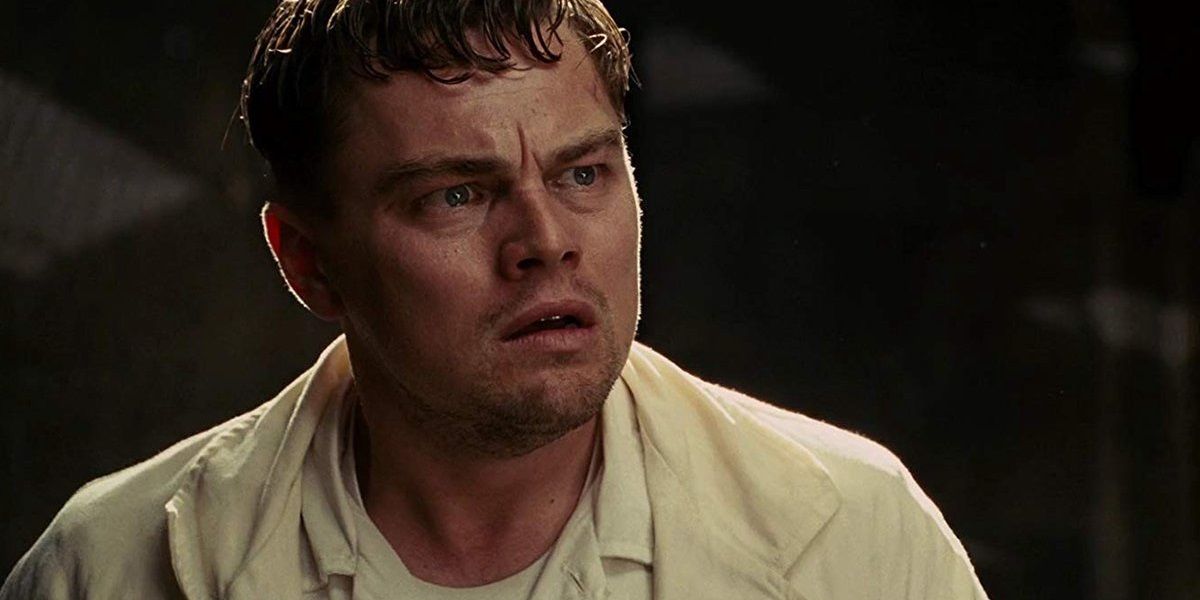
According to a blog post from Ashoka University, Teddy shows signs of Grandiose and Persecutory Delusional Disorder throughout Shutter Island. Many would confuse his symptoms with schizophrenia, but they do not meet the criteria of the disorder. The film showcases how Teddy’s mental illness causes him to perceive reality differently than the people around him as a way to escape from the truth.
He’s rewritten himself as a hero who is on a mission to find Rachel while the doctors on the island are the villains. Shutter Island also explores manic depression with Teddy’s wife, Dolores. Ashecliffe Hospital and the doctors working there showcase the inhumane treatment of mental illness during the time period, like forcing Teddy to receive a lobotomy.
Guilt & Grief Are Major Themes In Shutter Island
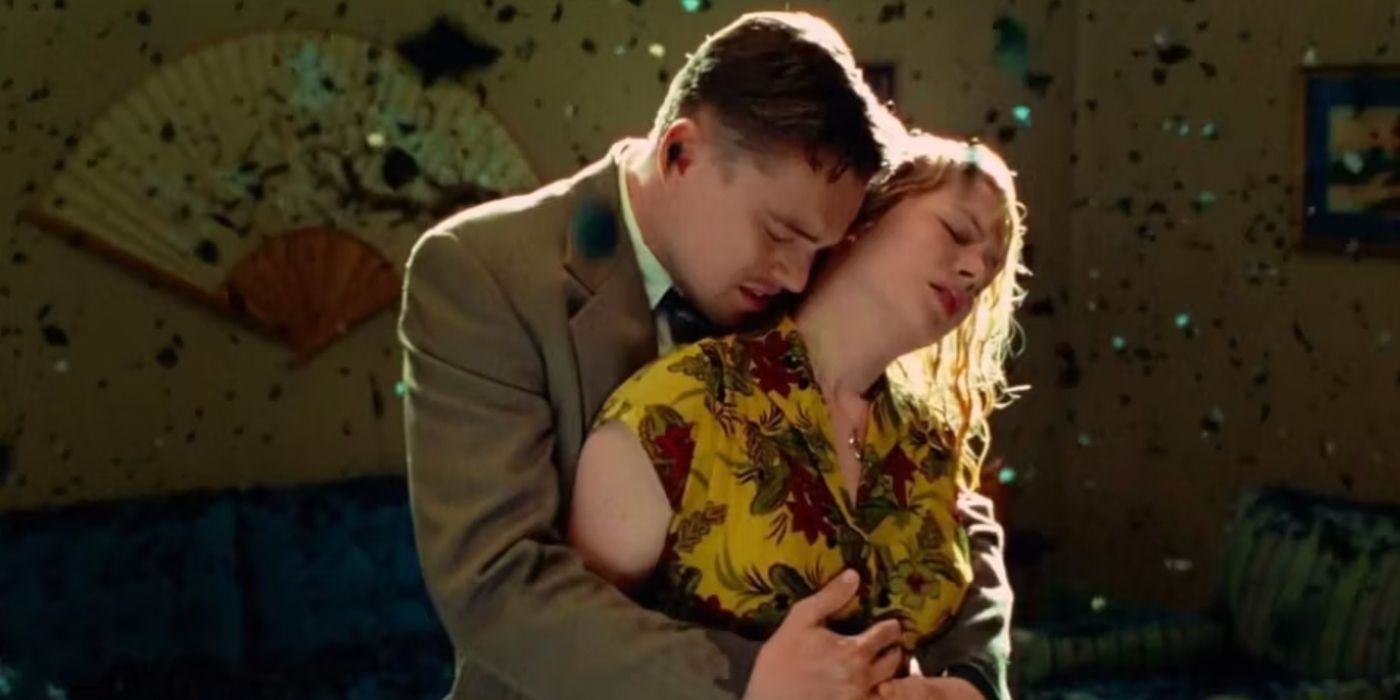
Shutter Island illustrates the significance guilt and grief can have on someone’s mental health. The cause of Teddy’s mental health decline is his family’s death. His wife struggled with mental health issues, which caused her to murder their three children, which then led to Teddy murdering her. A flashback scene shows Dolores in the middle of a psychotic episode where Teddy learns she drowned their children. After pulling them from the lake and lining them up, Dolores returns.
Teddy can’t forgive her for what she’s done, and out of rage and the trauma from learning his children are dead, he shoots her. He immediately regrets his choice and breaks down, realizing his whole family is now dead. Not only does he have to face what he did to his wife, but he has no one left. Teddy feels immense guilt for what he did but also grief for the loss of everyone he loved. This pain is so intense and all-consuming that he runs from it by creating a fake identity and pretending it never happened.
Shutter Island Used Teddy To Explore Masculinity & Violence
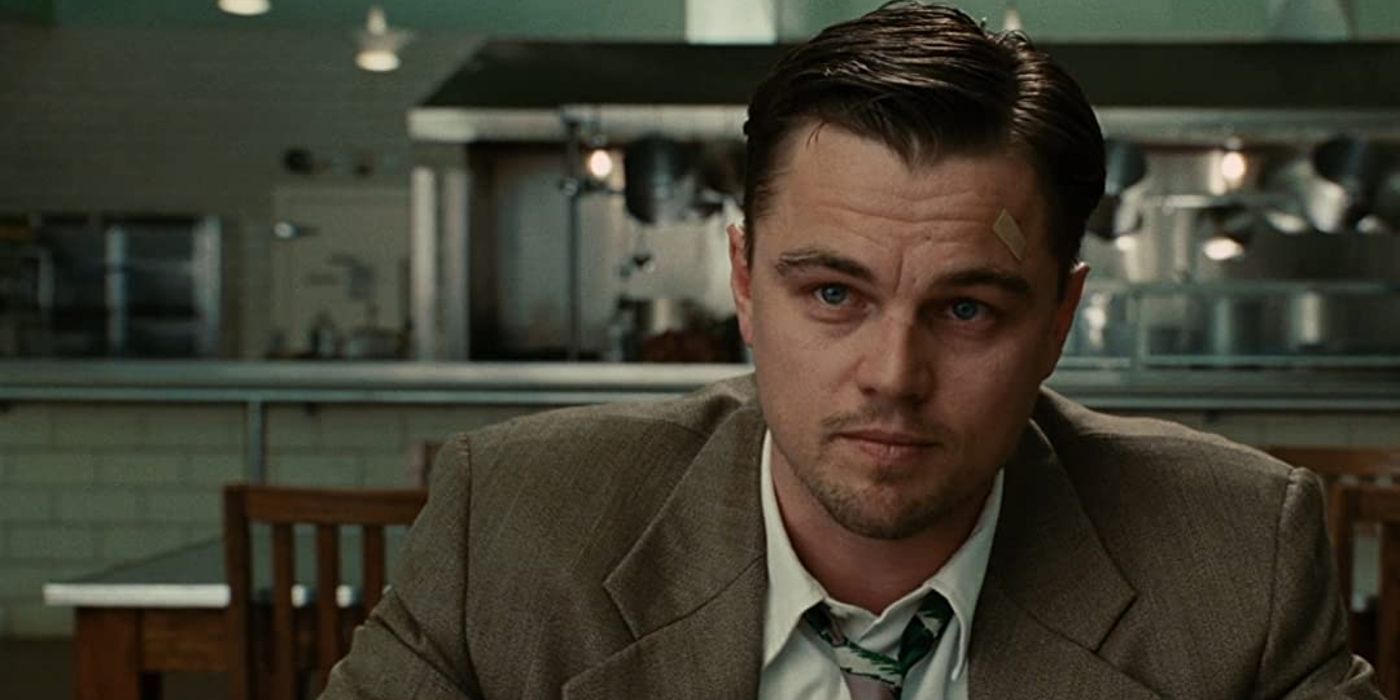
Teddy’s doctors tried to help him through medication and therapy before his lobotomy, but Teddy chose to continue playing the character he created because it kept him in a position of power. Instead of accepting what he did and allowing for help, he denied it because it made him feel weak. The character he created gives him control. He sees himself as a heroic and courageous man on a mission on a dangerous island instead of a patient who is under the control of his doctors.
The way he treated his wife and her ultimate death also play into his masculinity because he couldn’t have compassion for her. Instead of seeking help for Dolores when she attempted to burn down the apartment, he ran from the situation, moving her to a lake house, which inevitably ended in his children dying. While it’s impossible to tell someone how they should react to their spouse murdering their kids, Teddy chose violence. Had he turned his wife in, she would have been the one placed in an asylum, not him. His own problems with masculinity and violence led to his demise at the end of Shutter Island.
